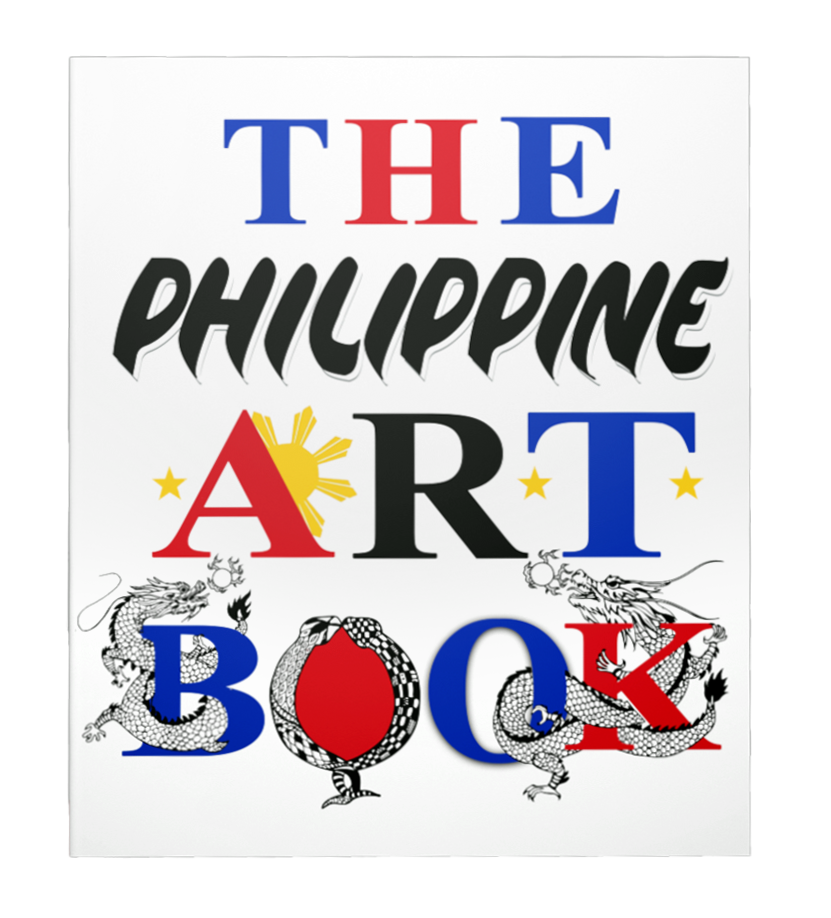The Culture and Art of the Mangyan
by: Jericho Paul Santos
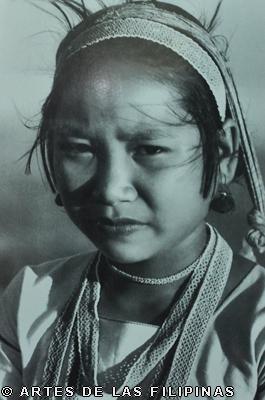
September 2012--The Mangyan tribe has been included in the history of Mindoro. Spaniards have long documented the life of the Mangyan people. However, much is still to be learned from the culture of one of the Philippines’ richest ethnic group.
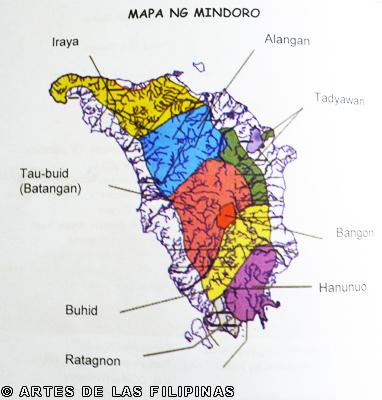
The Culture
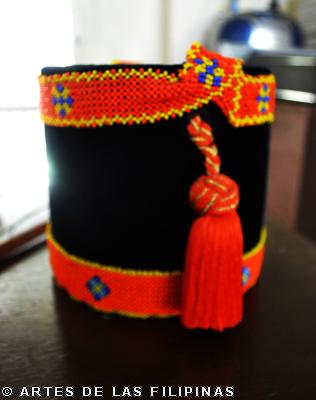
A Mangyan bracelet
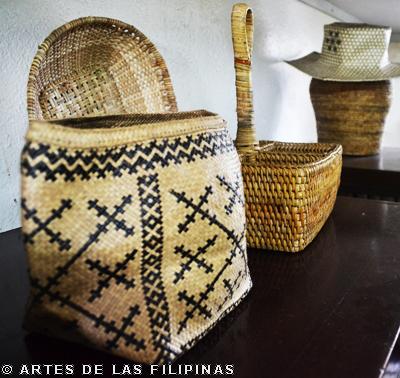
Some Mangyan crafts
The Arts
Ara kaw bala kasapo Didn’t you notice before
Ga buyong-buyong ang barko That a boat turns left and right
Nagapangita rikudo Looking for a landing-place
Yadtong punduhon maayo Where it can anchor safely?
(Finding the right and well thought decision)
Nos anod di anod wan Its a fact that we all know
Nos anod ti tuo wan A truth wherever we go
Kayaw toy was lanbungan The sun is in the afternoon
Kayaw ambaba yi man will be setting very soon.
(Accepting the ageing and dying is something we all share)
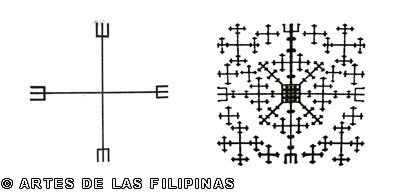
The simplest form and sample pattern design of pakudos
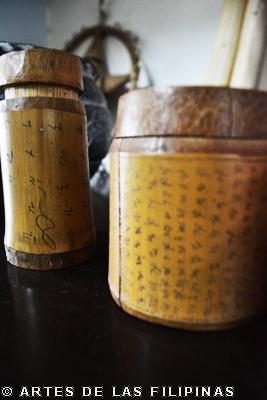
Mangyan script
REFERENCES
Howell, S./R. Willis (eds.). Societies at Peace. London: Routledge. 1989
Postma, Antoon. Mangyan History. November 1999
Postma, Antoon. The Ambahan: Mangyan Verbal Art. Manyan Mission
Reyes, Lynda Angelica. The Pakudos as Motif of Mangyan Art. Pandiwa Journal, 1992.
Service, E. Primitive Social Organization. New York: Random House. 1971
*Images from the Mangyan Heritage Center were used to accompany this article.
Recent Articles
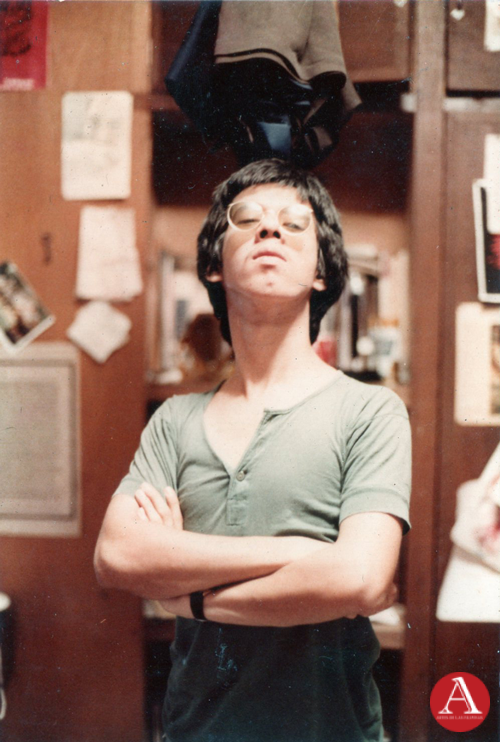 FEDERICO SIEVERT'S PORTRAITS OF HUMANISM
FEDERICO SIEVERT'S PORTRAITS OF HUMANISMJUNE 2024 – Federico Sievert was known for his art steeped in social commentary. This concern runs through a body of work that depicts with dignity the burdens of society to...
.png) FILIPINO ART COLLECTOR: ALEXANDER S. NARCISO
FILIPINO ART COLLECTOR: ALEXANDER S. NARCISOMarch 2024 - Alexander Narciso is a Philosophy graduate from the Ateneo de Manila University, a master’s degree holder in Industry Economics from the Center for Research and...
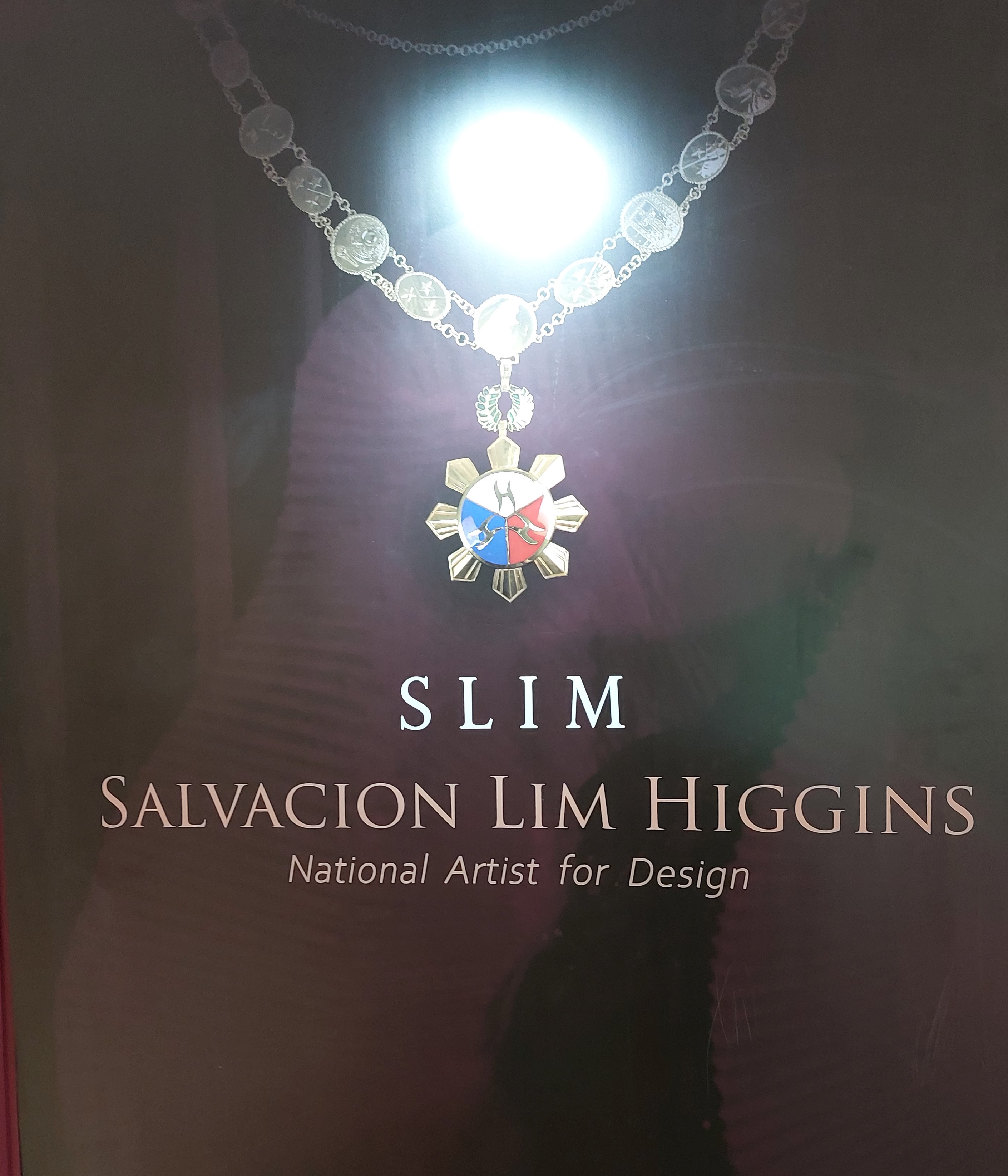 An Exhibition of the Design Legacy of Salvacion Lim Higgins
An Exhibition of the Design Legacy of Salvacion Lim HigginsSeptember 2022 – The fashion exhibition of Salvacion Lim Higgins hogged the headline once again when a part of her body of work was presented to the general public. The display...
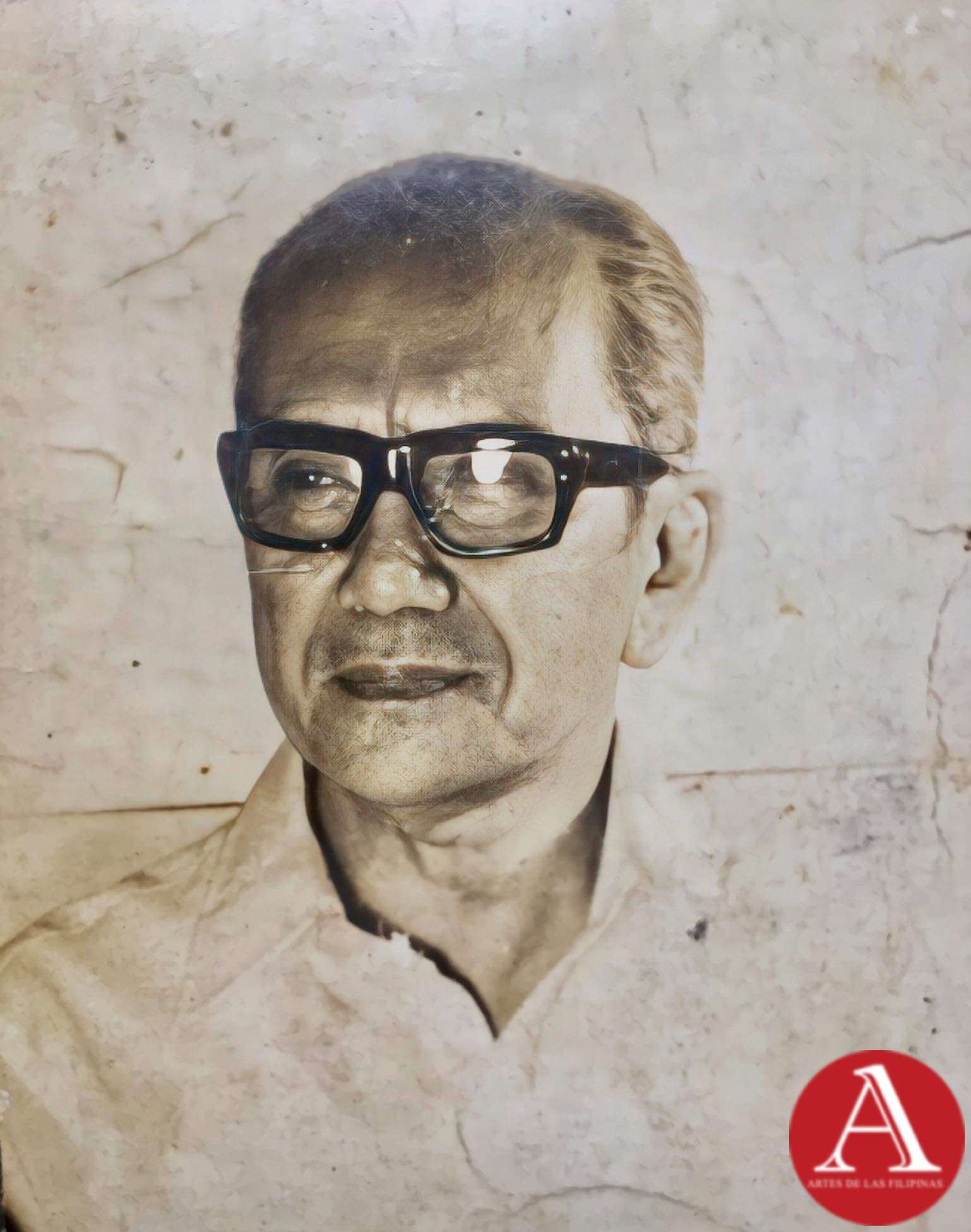 Jose Zabala Santos A Komiks Writer and Illustrator of All Time
Jose Zabala Santos A Komiks Writer and Illustrator of All TimeOne of the emblematic komiks writers in the Philippines, Jose Zabala Santos contributed to the success of the Golden Age of Philippine Komiks alongside his friends...
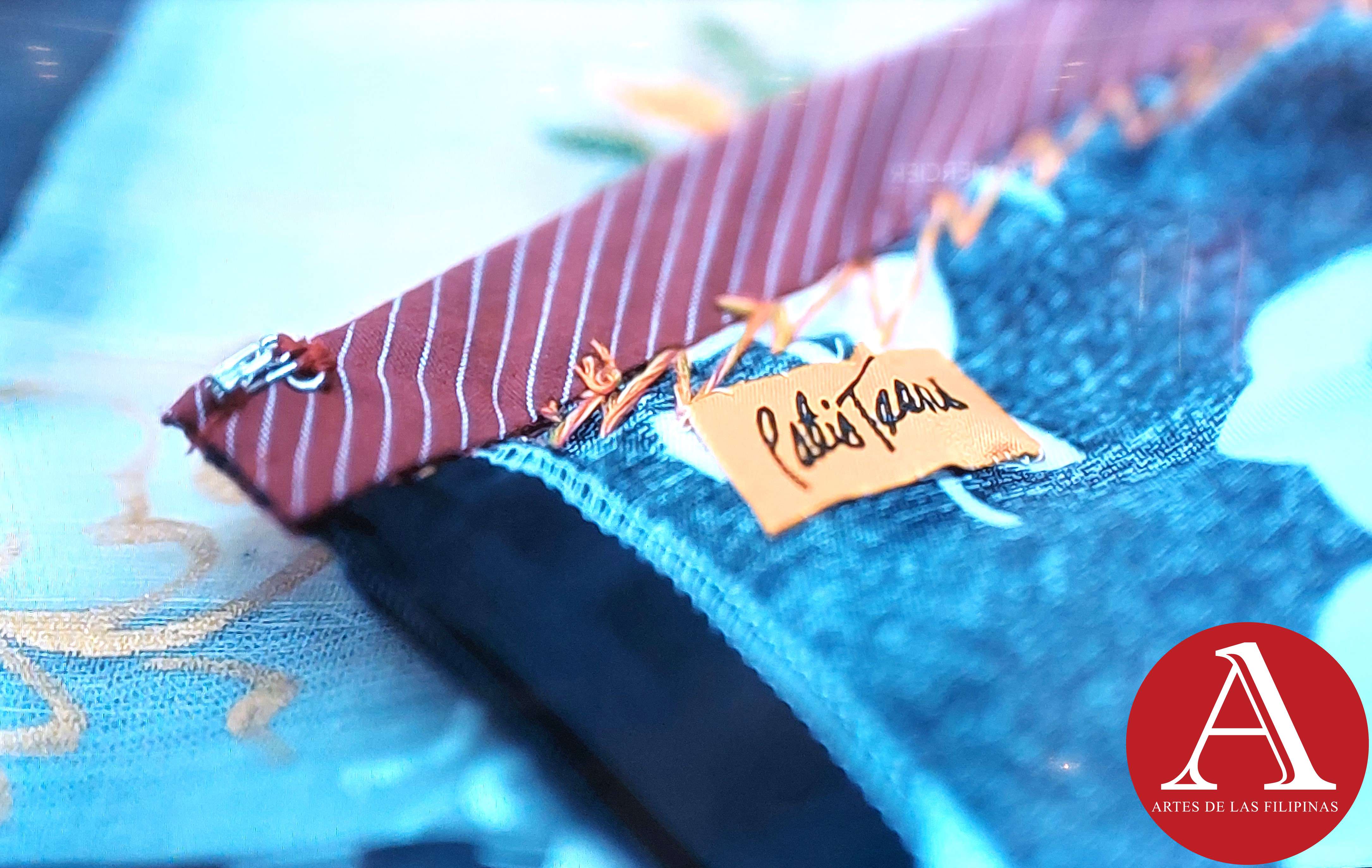 Patis Tesoro's Busisi Textile Exhibition
Patis Tesoro's Busisi Textile Exhibition
The Philippine Art Book (First of Two Volumes) - Book Release April 2022 -- Artes de las Filipinas welcomed the year 2022 with its latest publication, The Philippine Art Book, a two-volume sourcebook of Filipino artists. The...
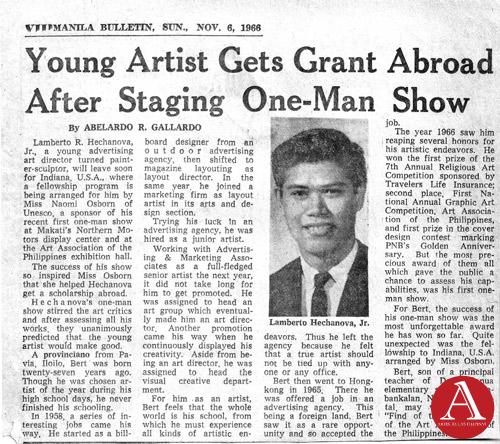 Lamberto R. Hechanova: Lost and Found
Lamberto R. Hechanova: Lost and FoundJune 2018-- A flurry of renewed interest was directed towards the works of Lamberto Hechanova who was reputed as an incubator of modernist painting and sculpture in the 1960s. His...
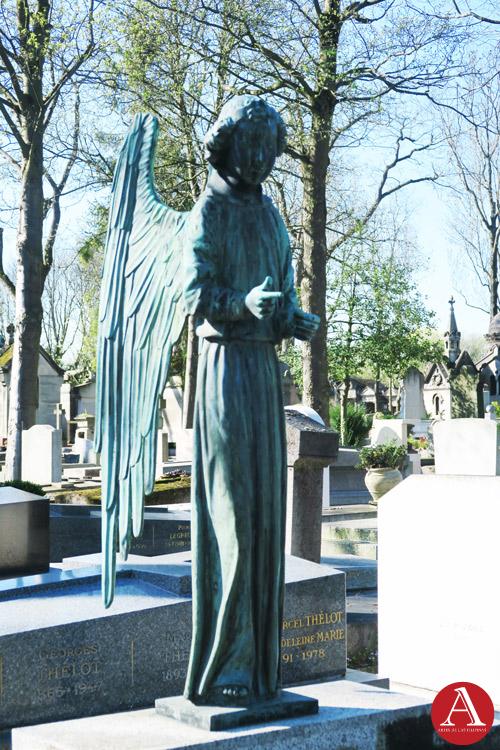 European Artists at the Pere Lachaise Cemetery
European Artists at the Pere Lachaise CemeteryApril-May 2018--The Pere Lachaise Cemetery in the 20th arrondissement in Paris, France was opened on May 21, 1804 and was named after Père François de la Chaise (1624...
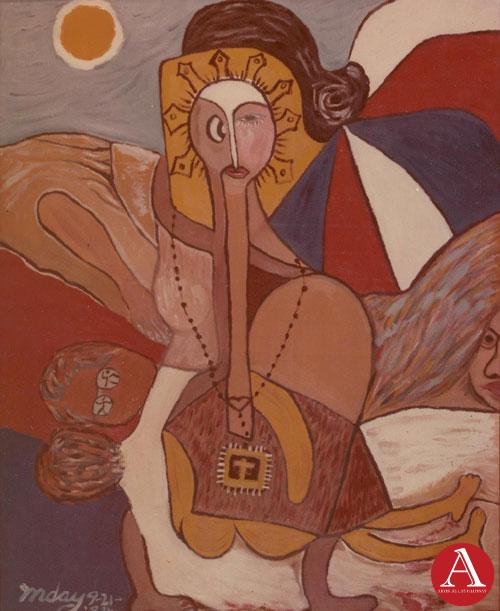 Inday Cadapan: The Modern Inday
Inday Cadapan: The Modern IndayOctober-November-December 2017--In 1979, Inday Cadapan was forty years old when she set out to find a visual structure that would allow her to voice out her opinion against poverty...
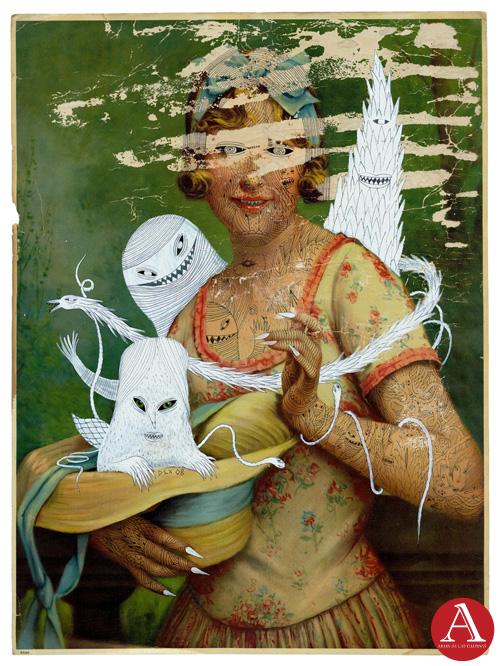 Dex Fernandez As He Likes It
Dex Fernandez As He Likes ItAugust-September 2017 -- Dex Fernandez began his art career in 2007, painting a repertoire of phantasmagoric images inhabited by angry mountains, robots with a diminutive sidekick,...




